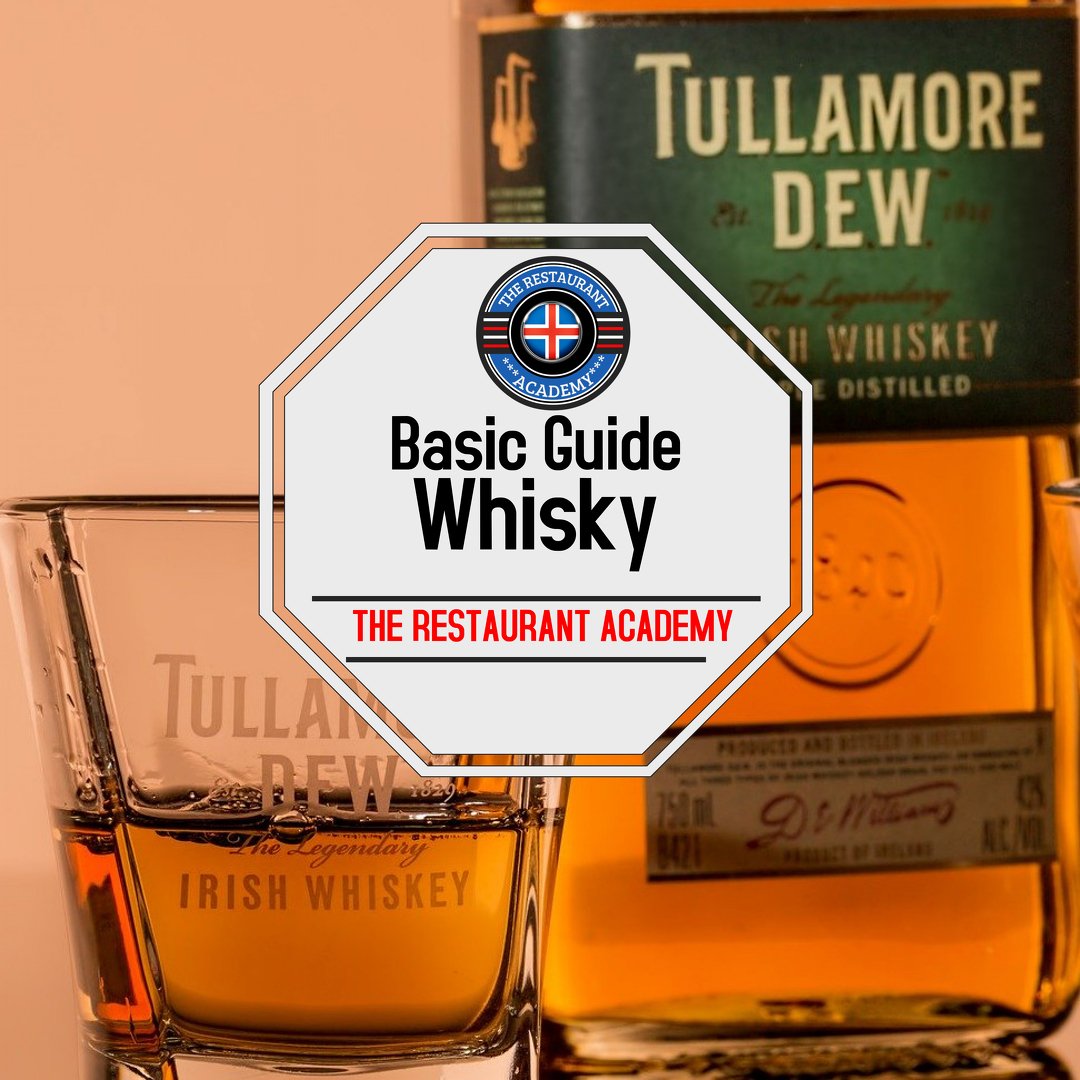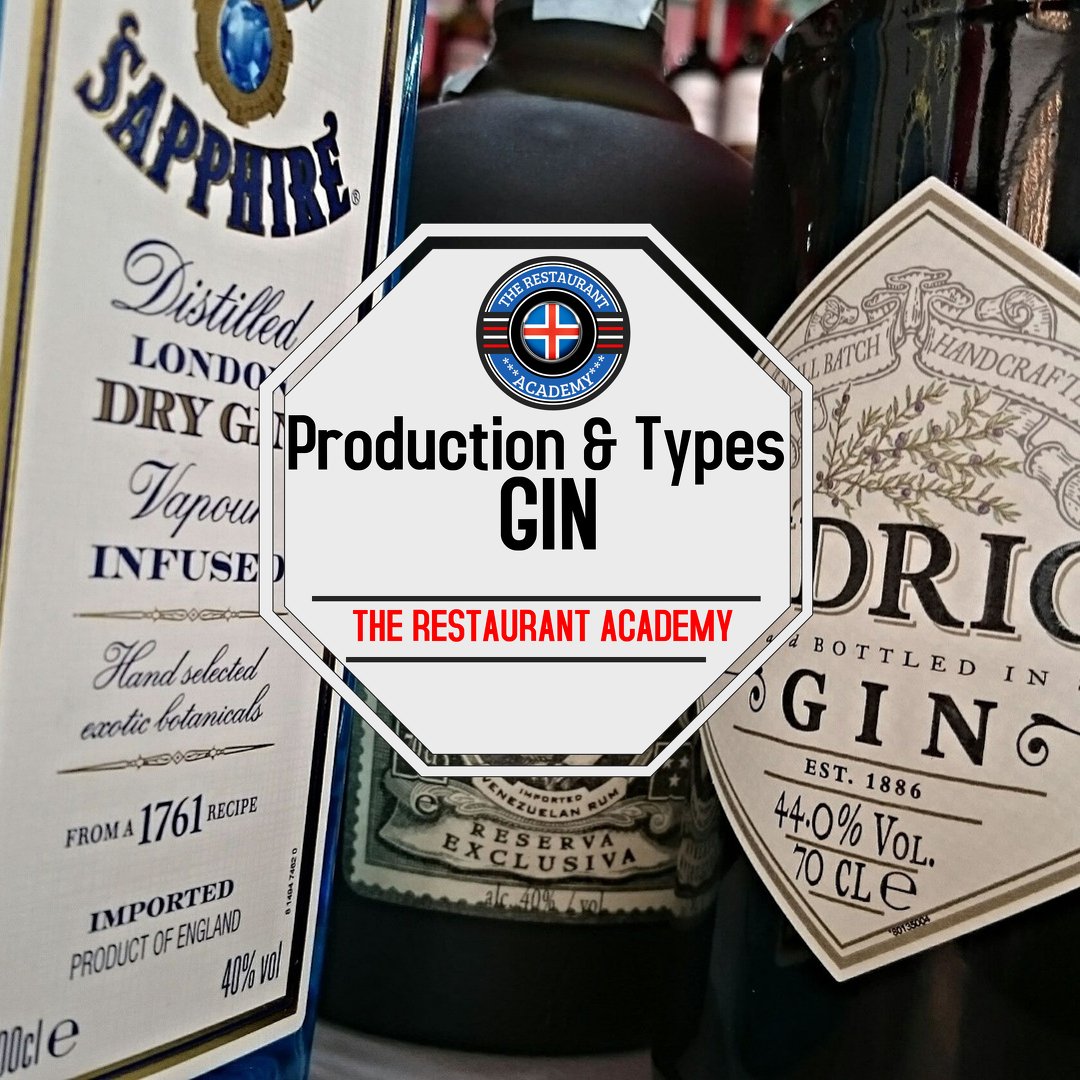What is Vodka?
A clear liquor, consisting of about 40 to 50% of ethanol and water. It is highly neutral (these days you might find impurities and flavorings), and the most easily available as well as the cheapest materials apt for fermentation are mashed to produce the drink. According to the people I know, vodka is not flavourless, odourless and colorless, but it does have some characteristics. In my view, it is similar to the terroir in the wine region. Every vodka distillery wants to put some characteristics in it. It’s one of the most consumed spirits in the world. There are two types of vodka, flavoured and unflavoured.
Derivation
The term vodka derives from the Slavic word voda (water), meaning little water. It was created in the later part of the 19th century by the well-known Russian chemist Dmitri Ivanovich Mendeleev, the legend behind the formulation of the Periodic Table, which classifies elements as per their atomic numbers. Prior to that, vodka was called “grain wine”.
History
Interestingly, the history of vodka is filled with debates – both Russia and Poland claim to be pioneers. While Soviet historians found that vodka was first formulated by the Kremlin’s Chudov Monastery monks in the late 15th century, Poles claimed that the first mention of the drink is found in 1405 from Akta Grodzkie. Vodka remains the national drink of Russia and Poland.
Vodka Ingredients
Russia and Poland traditionally used potatoes(cheaper), but cereal grains (corn, rye, sorghum or wheat) replaced them and some modern brands use sugar, rice, soybeans, molasses or fruits like grapes as the base. In the grain vodka category, wheat and rye are deemed better than other materials. In simple words, vodka can be created from anything if you can make a mash out of it.
We have not always had the vodkas of today. It took centuries to reach this version of color, flavor and smell. Initially used as medicines, the drink comprised approximately 14% of alcohol. It was in the 8th century that vodka saw an increased amount of alcohol, more purity and distillation (burning of wine).
Vodka Production Process:
- Select the ingredients
The ingredients are mentioned above which you can use for making vodka. Any food or vegetable which contains sugar as the yeast needs to ferment to throw out alcohol and carbon dioxide. Please remember that every ingredient brings a certain characteristic with it.
Ingredients | Final Taste |
Potato or vegetable-based | Strong and long-lasting taste (medicine taste) |
Grain-based | Smooth and creamy taste |
- Preparing the mash
The vegetables or grain are first put into an automated mash tub. Resembling a washing machine, the tub’s agitators break the grain down as the tub rotates. Distillers add a ground malt meal to the tub for transforming the starches to sugar.
- Sterilizing and inoculating
Here, you should know that preparing any distilled spirit requires the prevention of bacterial growth, a process known as sterilization. To do this, the professionals heat the mash to the boiling point. Then, they inject (inoculate) lactic-acid bacteria to it for enhancing the level of acidity optimum for fermentation. Once, the mash reaches its desired acidity level, they repeat the mash inoculation process.
- Fermenting
Then, they pour the mash into large stainless-steel vats where they add yeast and then close the vats. During this time, the mash starts fermenting, a chemical change initiated by the bacteria, yeast and mold in a vegetable or an animal. The vats are allowed to stay like that for two to four days so that the yeast’s enzymes change the sugar in the mash to ethyl alcohol.
- Distilling and Filtering
Now comes the step of distillation, a procedure of heating and condensing to drive vapor or gas from solids or liquids to form a new substance. Liquid ethyl alcohol is pumped to stainless steel columns called stills, having vaporization chambers, one piled on top of another. The alcohol cycles up and down, and at the same time gets heated with steam until the time the vapors get released and condensed. This procedure also gets rid of impurities. The vapors then go up to the upper chambers (called still heads) for concentration. In the next step, the impurities are ready to be discarded and flow into the lower chambers. Some of the grain residue is often sold as livestock feed. So, you see, even animals get a touch of vodka in their diet.
If you are drinking vodka made in Europe or the United States, you are drinking highly filtered alcohol and the filtration takes place before any extra processing is done, including flavoring. Filtration often occurs in the still while distillation is happening, and also afterwards when the distilled vodka is filtered via activated charcoal and other stuff to captivate trace amounts of substances that render off-flavors to the vodka. Since this practice is not prevalent in nations that have been producing vodka for centuries, several distillers from these countries prefer precise distillation and minimum filtration to conserve the characteristic flavors and features of the final output.
A fractioning still or several rounds of distillation modifies the taste of the vodka. At this point, you must know that the ultimate distilled and filtered vodka may constitute 95–96% ethanol, depending upon the process and technique of the still master, as repeated distillation increases the ethanol level.
NOTE: Some companies do distillation from 3 to 36 times, to reduce the impurity level and give it a smoother taste. Smirnoff No.21 is an example of this. Smirnoff is a vodka of the USA but has a Russian founder (Vladimir Smirnoff).
- Adding water
This is when the distiller adds water because the percentage of alcohol in the fine spirits or concentrated vapors translates to 190 proof (alcohol content is measured by proof in which a single degree of proof equates 0.50% percent of alcohol. Thus, alcohol of 100 proof contains 50% of alcohol and 90 proof contains 45%, and so on).
- Flavoring
Now is the time to discuss an interesting part, flavoring. Just after fermenting and distilling, grain mash is changed into a neutral and unflavored alcoholic beverage. Several flavor profile reproducing chemicals are added to vodka to give it a specific taste similar to a particular fruit, or even chocolate, vanilla, red pepper, cinnamon, lemon. Even traditional vodka makers infuse flavor in the drink, either for medicinal purposes or to enhance the taste. While Belarus and Poland infuse the flavor of bison grass, along with light amber colors and sweet flavors, Russian vodka is more about pepper and honey. Visit a Nordic country and you will get the chance to taste the fruit, herb or spice-flavored vodka during a seasonal festival if you seek a strong beverage. Again, on visiting Estonia, you can sip blackcurrant, barberry, green apple, cherry, vanilla, lemon and watermelon flavored vodka. Quite an array of options, I must say!
- Bottling
Now that the drink is made, it has to be bottled. Before that, let me draw your attention to a fact – vodka is stored in glass bottles and not plastic as the former does not react with the beverage to bring about a chemical change. The bottling process involves cleaning, filling, capping and sealing the bottle, and then labeling it with the brand.
How To Drink Vodka:
For God’s sake, please put vodka in the fridge before drinking or it doesn’t taste good. It removes the alcohol bite also.
After working in bars, the only thing I learned was that the ‘’Guest is always right’’. They can drink how they wish but some people next to you can be made fun of if they do not drink in a proper way. In the bar you would be served:
- Slice of Lemon: Most bars would give you a slice of lemon and with a few rocks. But why? Lemon is used as a flavouring agent, yet vodka is a neutral spirit.
- Vodka with Sprite/Soda: As I discussed above, ‘your wish is my command’ but Sprite and soda are also popular amongst the guests.
- Shots: A very common way of drinking vodka in the bar.
Food Pairing:
Vodka goes really well with most food. I have even seen people drinking it with caviar and smoked salmon.


